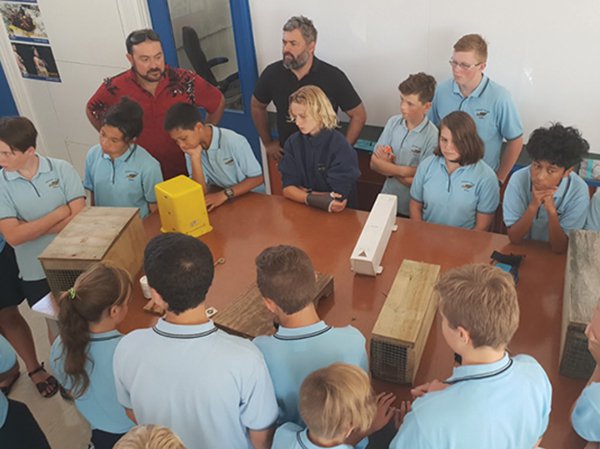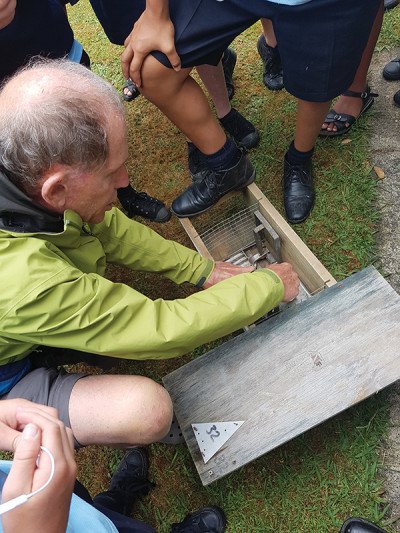STEM/STEAM at Tauhara College 2019
Blending Science, Mathematics and Technology to form a project is the core business of a STEM Project. If Art is added it becomes a STEAM project. The knowledge and skills of a subject are monitored and developed and the future focused competencies are evidenced.

Traditionally all of these subjects are taught in isolation with timetabled periods of maths and science. The connection to real world problems is more remote and hidden in such circumstance and artificial problems are created by teachers. In the STEM situation teachers combine their talents to tackle real world problems and use the collective time in more creative and flexible ways.
In a new Y9 2019 project in a school the first weeks of Term 1 had a more traditional approach as teachers and students learned to use the collective time and the project chosen developed. In the later weeks the subjects blended and time was spent where it is needed. Students were engaged and self assessed progress. They reported having fun and enjoying the learning. The mathematics used by some students was at a much higher level than Year 9 and involved trigonometry in one groups case. This is learning for a purpose.

Conversation with the mathematics teacher indicated that much of what was taught was based upon need and noticing. The students would ask for help on an aspect of measuring for example and the teacher would respond. At other times the teacher noticed approaches by students in solving problems could be improved and this informed the instruction for a group or the class.
Assessment is different and teachers need a comprehensive understanding of the NZC Level requirements and the competencies that are being targeted in a Problem Solving situation. Teachers of the Y9 PROJECT developed a Future Focussed Skills rubric, with collaboration, creativity, ICT use, knowledge construction, self regulation and communication aspects described and used by students for self assessment of competency learning. Traditional maths tests used by other classes were discarded because they were not relevant to the STEM learning / OTJ assessment ability.
After one term and students report they are very happy with their “Rat Trap” focus. Local community has been involved and good links with whanau established. Term 2 project is their choice and by the end of the year it is planned that a free choice of project is introduced.
More on this experiment can be found in the Education Gazette: https://gazette.education.govt.nz/articles/taupo-school-tackles-real-world-problems/
Tags:
STEM
2019
science
maths
secondary school
technology
high school
NZCEA
